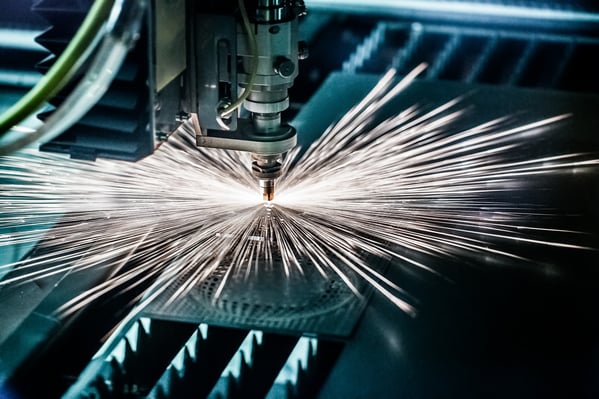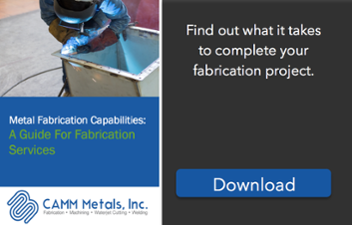Laser cutting is one of the most efficient procedures to cut through a wide variety of materials for manufacturing. Lasers can be used on metals, plastics, composites, wood, and more. They’re known for the precise and accurate cuts that they produce. There are some myths about lasers that persist throughout the manufacturing community. We’ve compiled a list of the top myths about laser cutters that you shouldn’t believe.

1. They’re Hard to Operate
Lasers have become very sophisticated in recent years, leading many to believe that they’re difficult to operate. However, as manufacturers have improved laser cutters, they have made them easier to use. As a result, lasers are easier than ever to operate and are simpler than many other mechanical cutting techniques. The laser is programmable, with very easy to understand programming capabilities. The laser can cut patterns through drawings or CAD files. You can even change the depth of the cut by altering the power of the laser. Because laser cutters have become so advanced, they can even self-adjust parameters to different materials and thicknesses.
2. They Burn the Materials Being Cut
When cutting wood, laser cutters can char the end of the surface of the wood, but it will not be sufficient to “burn away” the edges. With materials other than wood, there will not even be a charring. With laser cutting, you’ll get a clean and sharp edge with the exact dimensions you specify. The heat affected zone (HAZ) is very small. When dealing with plastics or composites, lasers will even seal the edges of the cut.
3. They Can Cut Through Any Thickness
Laser cutting is a very effective cutting mechanism, able to cut through high thicknesses. However, even laser cutters have their limits. Laser cutters can typically cut stainless steel and aluminum up to 1/2 inch and they can cut steel up to 3/4". Laser cutters are very effective at cutting materials of high thickness, but no cutting mechanism is without limits.
4. High Wattage is Necessary for Competitive Cut Speeds
Every year, manufacturers develop lasers with higher and higher wattages. The reason for this is that higher power enables lasers to cut thicker materials. However, higher wattage isn’t always more productive. Power density is more important than wattage to the efficiency of the cut. Power efficiency entails the amount of laser watts that can be focused into a square centimeter. Generally, lower wattage lasers will have higher beam quality and can be focused into a smaller spot. Therefore, if you’re looking to cut materials of medium thickness, you’ll probably be better off with a lower wattage laser.
5. They Pose Workplace Dangers
Many people considering laser cutters worry about the safety of the operators and fires in the workplace. However, when laser cutters are installed properly, they are often safer than other comparable tool-based systems. These cutters are programmed to avoid any issues. Although eye protection is recommended for safety, operators are fairly safe while using laser cutters. Fires are even more unlikely than accidents, as very little heat is actually produced during the cutting process.
CAMM Metals | CT Metal Fabrication Company
It's crucial to do your research when choosing a metal fabrication, as not all companies are capable of completing the same quality of work. CAMM Metals has years of experience, honing our skills across the board to deliver a quality product and measurable bottom line value to our customers.



